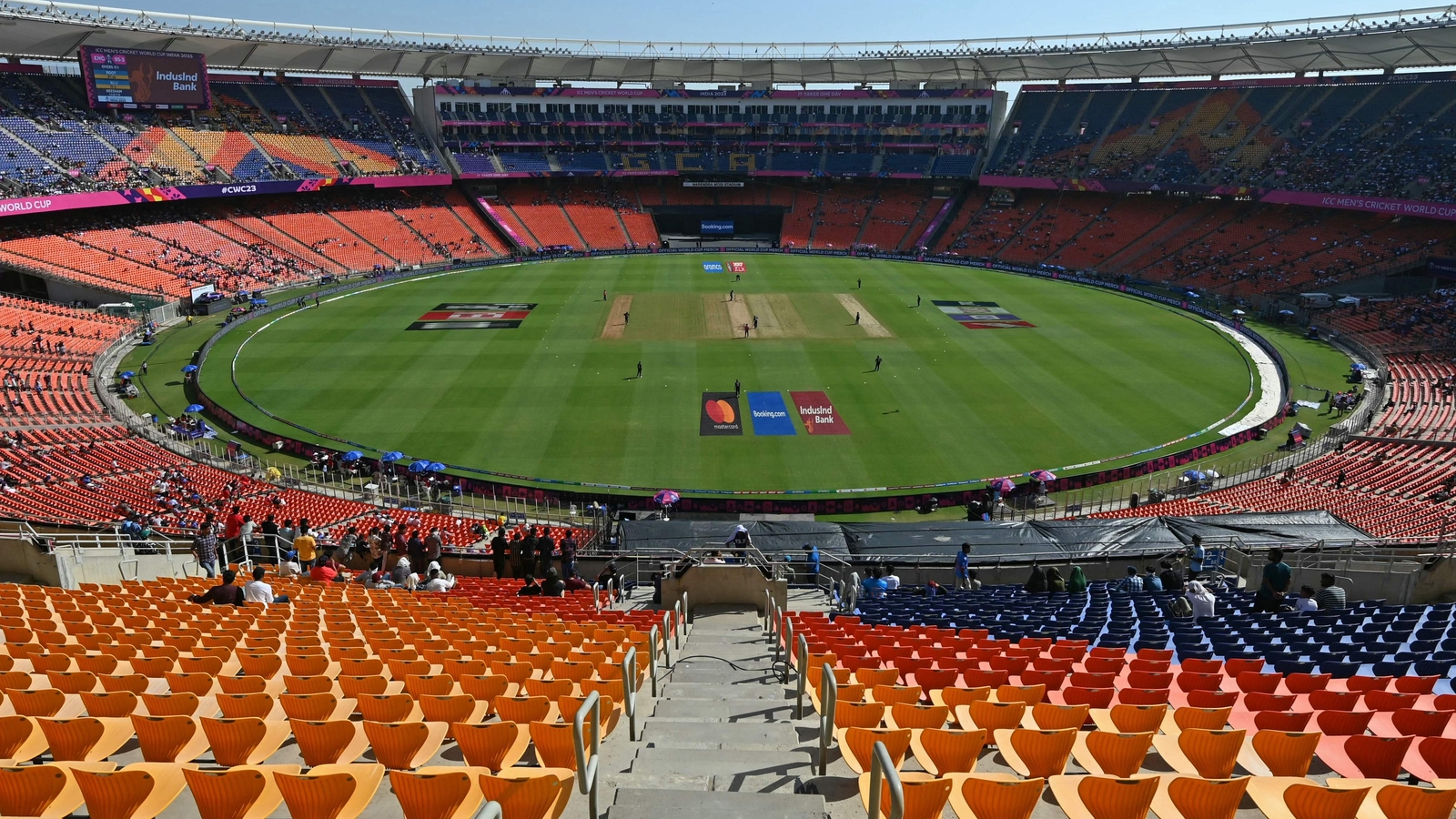On Sunday, India and Australia will run into each other in a marquee final for the third time in less than a year. There was the World Test Championship final at The Oval in June. Then there was the ODI World Cup final amid 90,000 spectators in Ahmedabad in November. On both occasions, India’s hopes were dashed, especially by Travis Head.
As these two proud cricketing nations meet again, the setting for Sunday’s clash is vastly different. Unlike the recent finals involving senior pros, Willowmoore Park in South Africa’s Benoni will witness two groups of greenhorns go toe to toe in their bid to win the Under-19 World Cup, a tournament that fuels the aspirations of young cricketers striving to carve successful careers in the game.
While the Aussies dominated the two exchanges at senior level, it’s the Indians who boss around in age-group cricket. The boys in blue prevailed in 2012 and 2018, the two occasions when these teams met in the final of an Under-19 World Cup. In 2012, Unmukt Chand led India to victory with an unbeaten century. Six years later, Manjot Kalra cracked a match-winning century.
Neither Chand nor Kalra is around at the top level, which underlines the caution the current batch of junior stars need to exercise. At the same time, the success of Shubman Gill after topping the run charts in the 2018 triumph is a good example of how things can fall in place too.
India’s success in this year’s U-19 World Cup has been shaped by several performers. In the batting unit, Uday Saharan, calmness personified, has led from the front along with Sachin Dhas and Musheer Khan. Saharan and Dhas were critical in their tense semi-final win over South Africa, registering a record 171-run fifth wicket stand to take India over the line when all seemed lost. The bowling department has been spearheaded by left-arm spinner Saumy Pandey, India’s highest wicket-taker in the campaign with 17 scalps in six games.
In Sunday’s final, India’s success is likely to come down to how their batters tackle Australia’s pacers. As evident from Australia’s semi-final victory over Pakistan, their bowlers are tall and sharp enough to bang the ball in and extract steep bounce. It led to the dismantling of the Pakistan batting unit on Thursday, Tom Straker doing most of the damage with 6/24 — the best figures in a semi-final or final in 15 editions of the competition.
India’s batters will be aware of the dangers of facing a hostile pace attack, having stumbled to 32/4 against South Africa in Benoni before the recovery by Saharan and Dhas. Adarsh Singh, Arshin Kulkarni, Musheer and Priyanshu Moliya looked extremely uncomfortable against the probing lengths that the South Africans hit, resulting in brief stays at the crease. Adarsh and Musheer were undone by short balls directed at their body while Kulkarni and Moliya succumbed to fuller deliveries after getting roughed up by bouncers.
India had gone into the semi-final on the back of five ruthless victories, but the conditions in Benoni posed a new challenge for batters who had only played in Bloemfontein till then. They are likely to be better equipped for a similar challenge on Sunday. When you consider that Saharan, Musheer and Dhas are the top three run-getters of the tournament, there’s calibre in this batting line-up.
While the Australian and South African pacers are accustomed to hitting the deck, India’s new-ball pair of Raj Limbani and Naman Tiwari relies primarily on pitching the ball up and searching for swing. They shouldn’t veer away from their inherent strengths, against an Australian team largely riding on the returns of skipper Hugh Weibgen and opener Harry Dixon. Both have more than 250 runs, but there’s been nothing too significant from the others.
Though Limbani hasn’t had a rich haul of wickets — eight in five games — his banana inswinger against the right-handers makes the stumps a tantalising target. Tiwari, a left-arm pacer from Uttar Pradesh, has claimed ten scalps so far. The major threat, however, is Pandey’s left-arm spin, accurate and miserly as he is during the middle overs. Some of his dismissals in this U-19 World Cup have earned him comparisons with Ravindra Jadeja, a compliment the youngster is reluctant to embrace given he’s only starting his career. He’ll hope to have a big say on Sunday’s verdict, having provided important breakthroughs right through this tournament.
“As we approach the World Cup final, we carry the dreams of a billion hearts on our shoulders,” skipper Saharan said on the eve of the final. “Our journey has been a testament to our hard work, unity and love for the game. It’s not just a game; it’s a chance to etch our names in history.”
For these young boys, it’s certainly the biggest game of their lives. Irrespective of the result, it’s also important for them to understand that their journey is just beginning.




